In the last weeks of summer, it is a treat to welcome new flowers to the garden that not only bring fresh color, but also nourish our native pollinators before winter arrives. Two species of the perennial plant, Chelone (pronounced “key-LONE-ee”), start blooming in late August and continue well into fall. Both make great additions to gardens in the Eastern US, and both are known by the rather strange common name, “Turtlehead.”
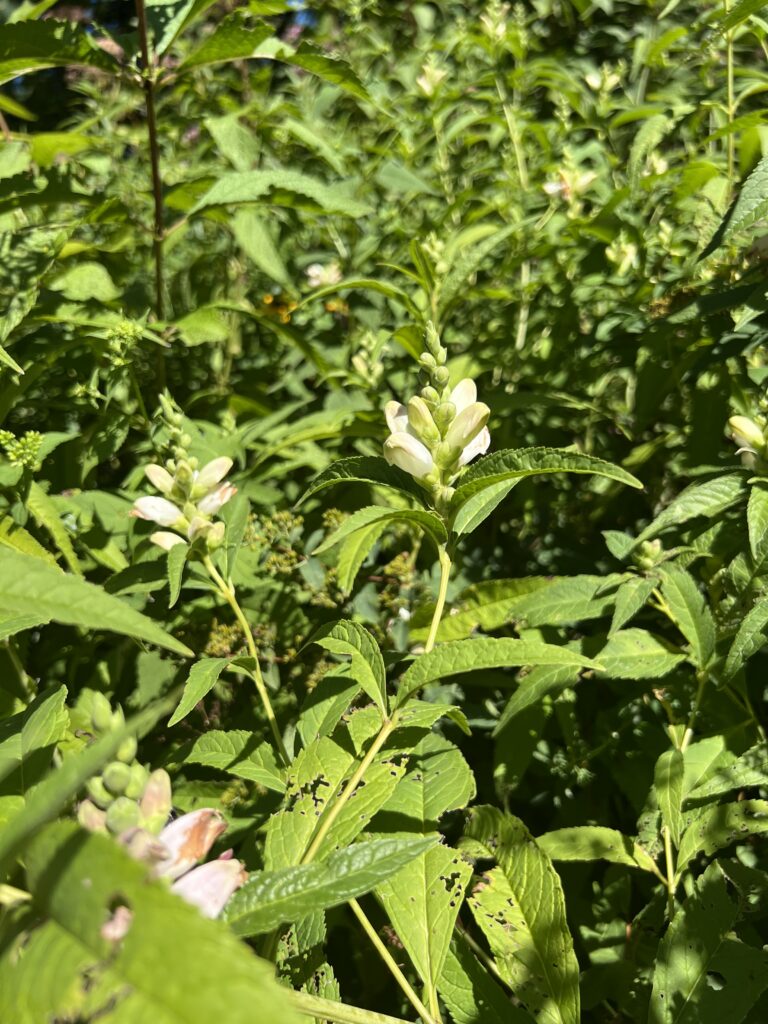
White Turtlehead (Chelone glabra) has a wide native range, extending from Minnesota to Newfoundland and south to Alabama and Georgia (Zones 3 to 9). It is found in marshes, at the edge of wet woodlands, and along the shores of streams and ponds. That native habitat makes White Turtlehead an obvious choice for sunny rain gardens and soggy areas, but it will happily endure hot weather with occasional irrigation. White Turtlehead stands 3 to 4 feet tall and mixes well with Joe Pye Weed and Cardinal Flower.
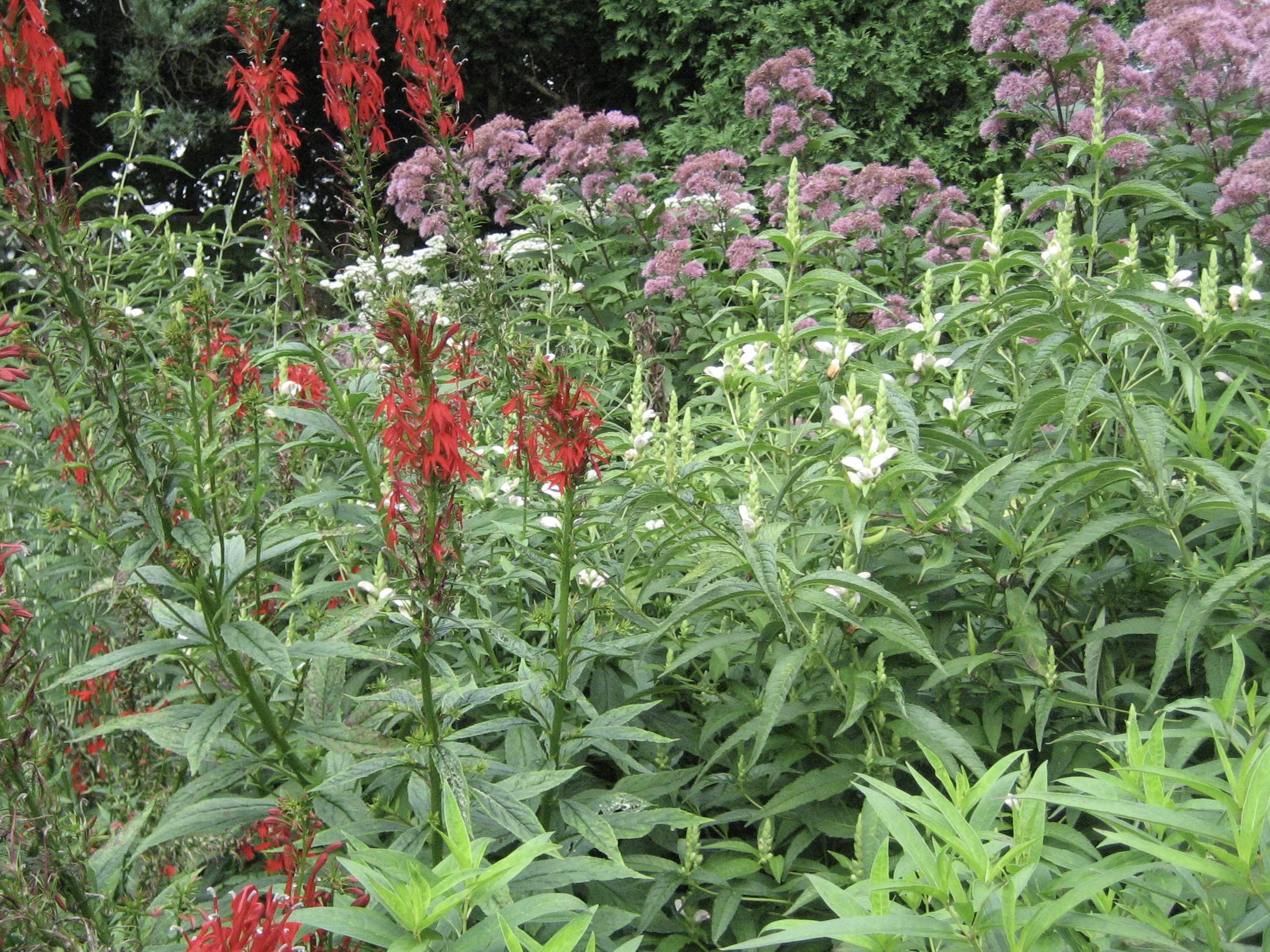
Pink Turtlehead (Chelone lyonii) has a much more limited native range. It evolved in the Appalachian region from Georgia to Virginia, but has become naturalized in New York and parts of New England. Our observations suggest that insects in these northern areas have welcomed Pink Turtlehead, making good use of its nectar, pollen, and leaves. Pink Turtlehead is more tolerant of shade than White Turtlehead, and can be found in moist forest areas in dappled sun.
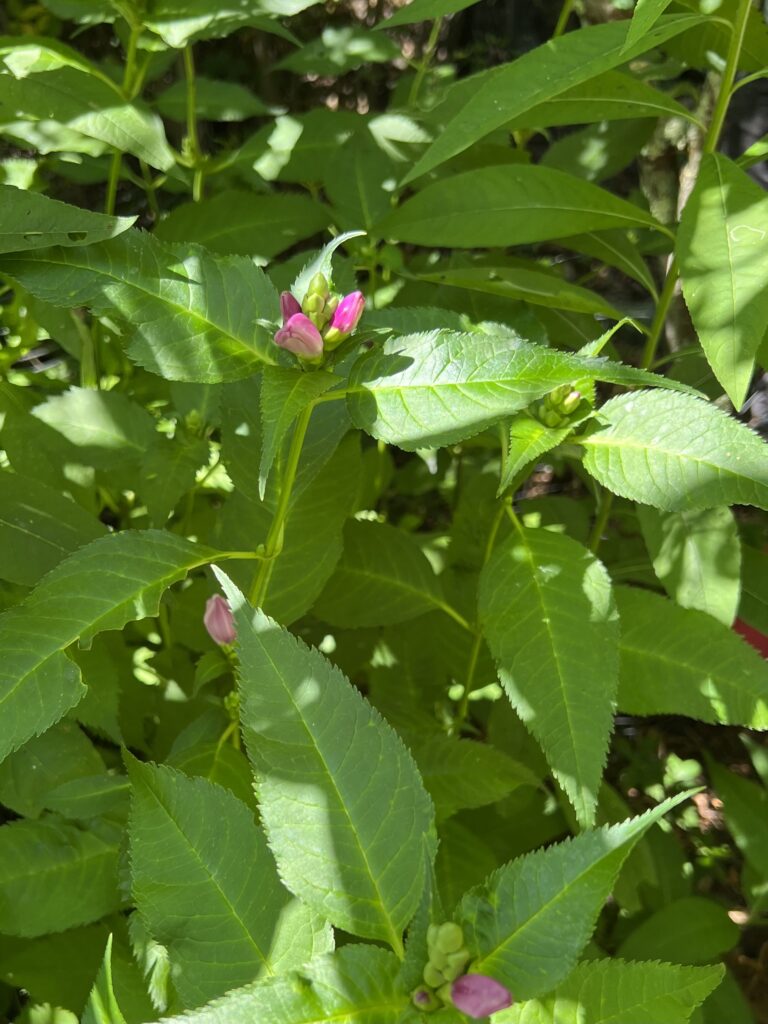
Pink Turtlehead also grows 3 to 4 feet tall and has an open, somewhat rangy form. There is a widely-available cultivar of Chelone lyonii called ‘Hot Lips’ that is more compact, only 1 to 2 feet tall, with dark green leaves. ‘Hot Lips’ looks great massed under trees or as a front-of-the-border plant in a light-shade garden.

Both types of Turtlehead bloom for two months or more, with flowers opening sequentially from the bottom to the top of each stalk.
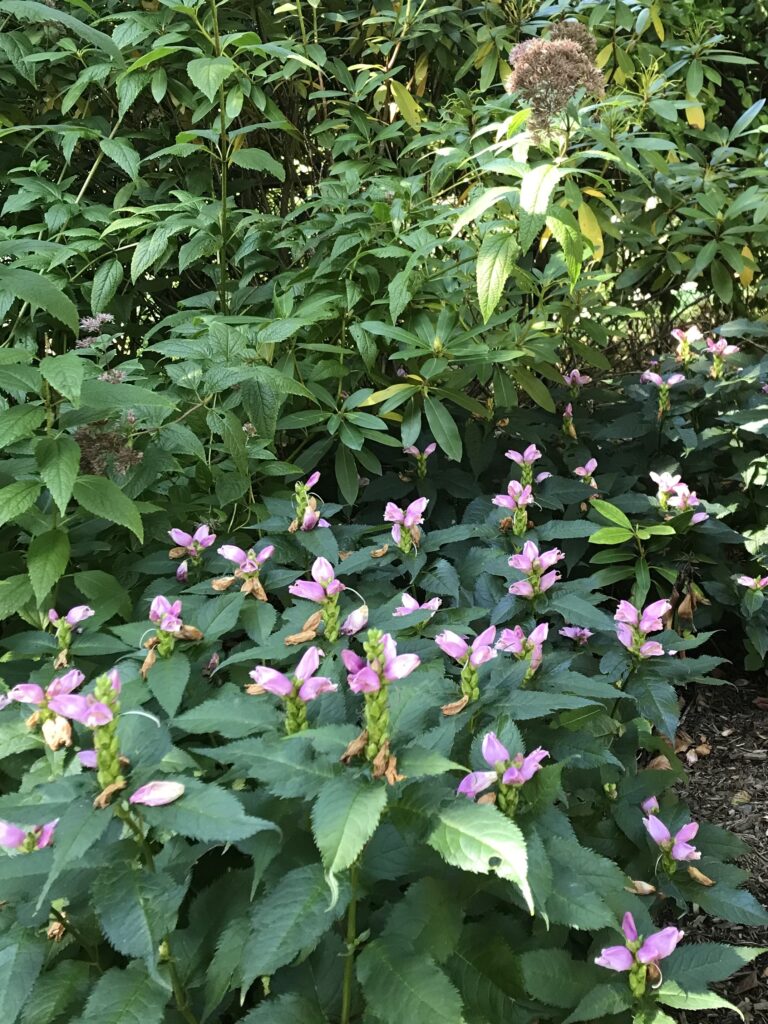

Both the scientific name and the common name relate to the appearance of the flowers as they open. “Chelone” comes from the Greek word for “turtle.” The name makes sense if you see the flower from the side angle – it does look a bit turtle-ish.
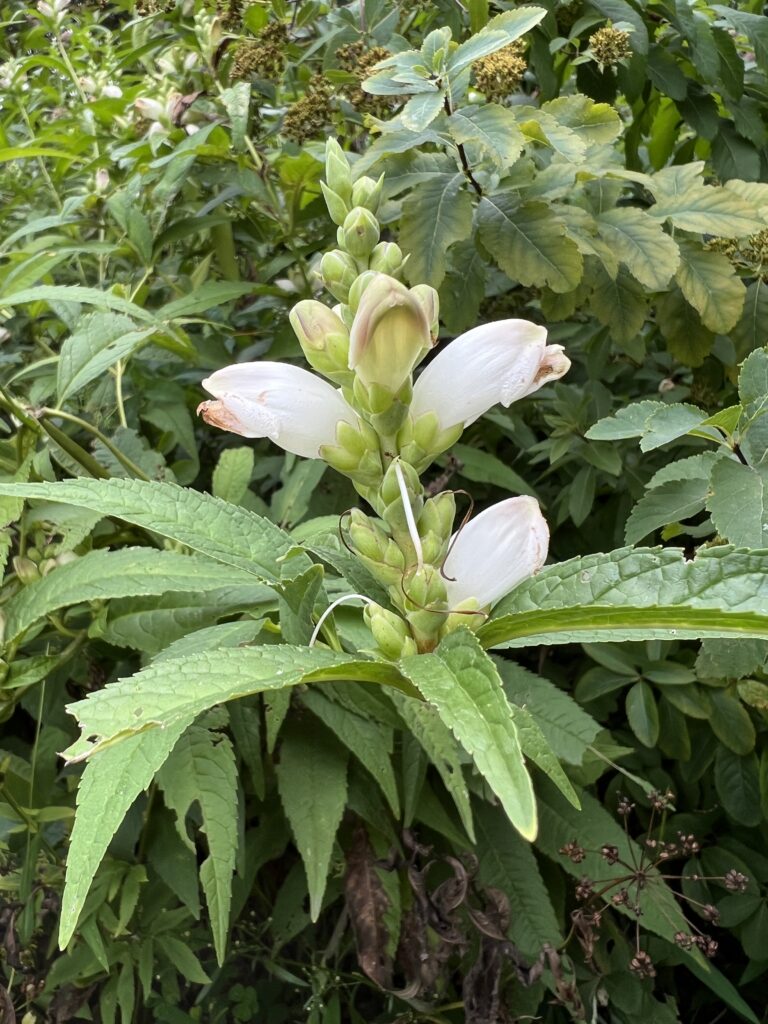

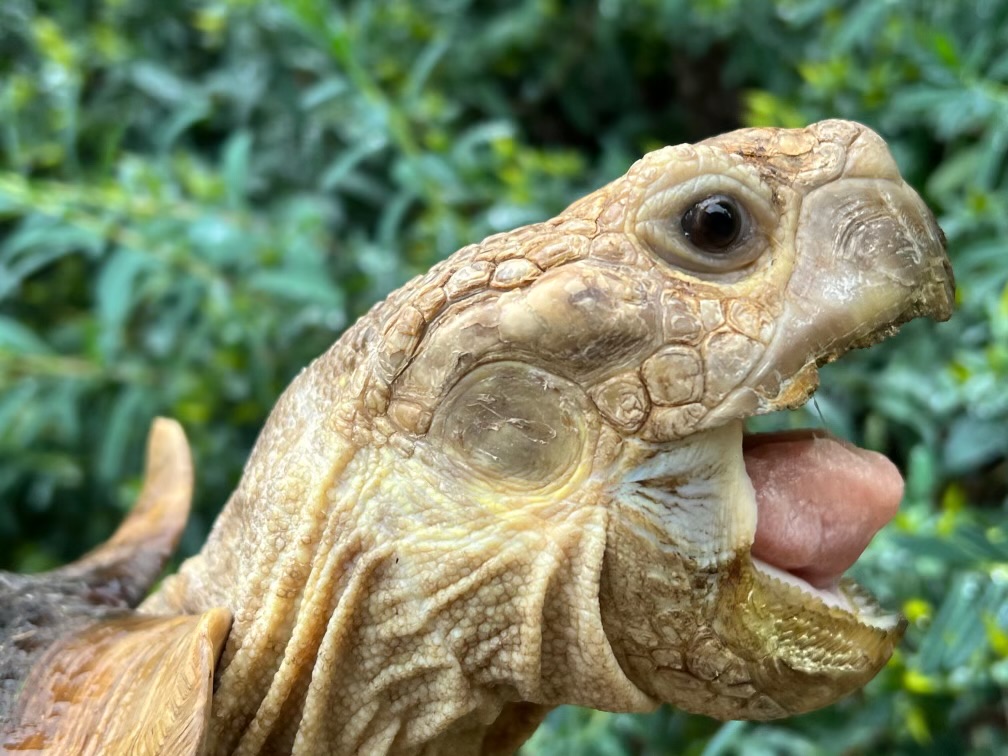
Photo: Travis Brady
Chelones are beautiful late bloomers, but the best reason to have these plants in your garden? Entertainment! All day long, wiggling bumblebees work their way into the flowers to find nectar. Bumblebees and carpenter bees are just heavy enough and strong enough to force the flowers open, collect the pollen, and fly off to the next flower. Watch them at work in this video clip:
The nectar pay-off is deep inside the flower, so the bumblebee picks up pollen on the way in and on the way out. The pollen will be transferred to the next flower when the bee brushes against the protruding curved stigma.
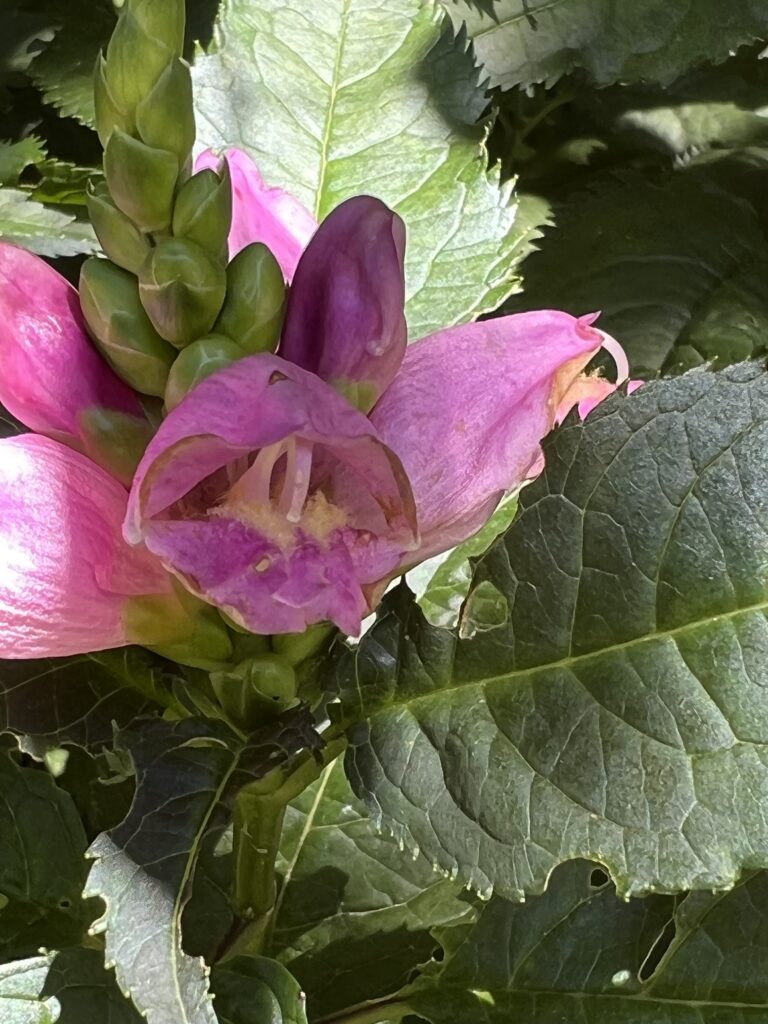
Turtlehead is a frequent addition to children’s gardens because watching the bumblebees climb into these beautiful blossoms never gets old.
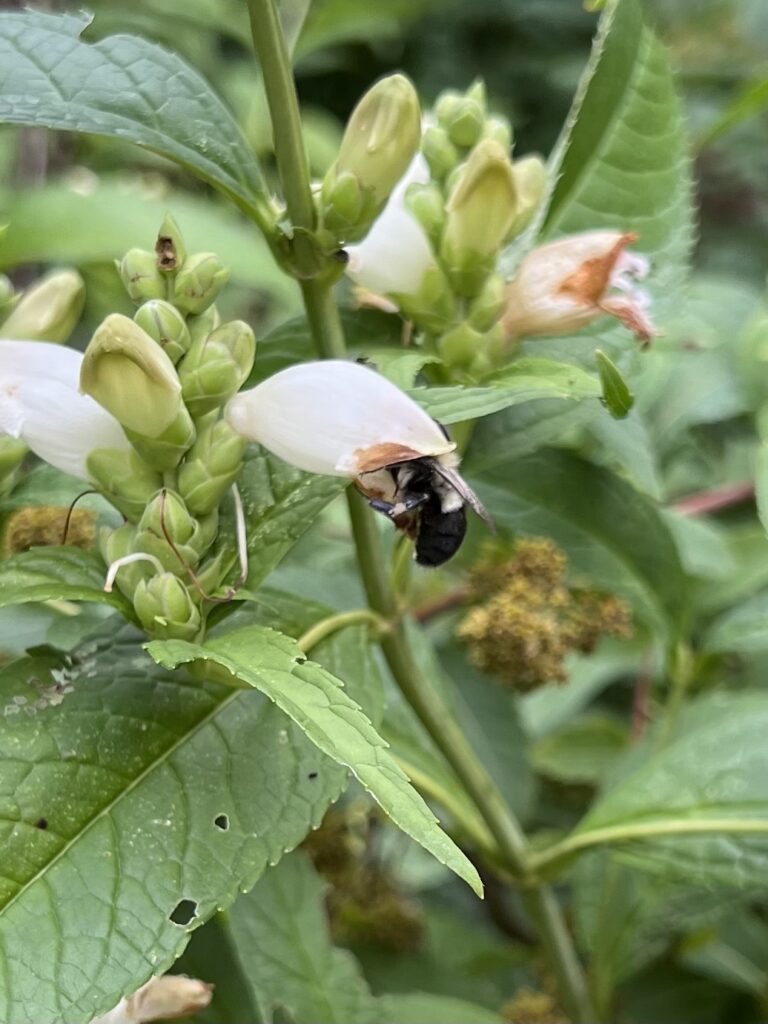

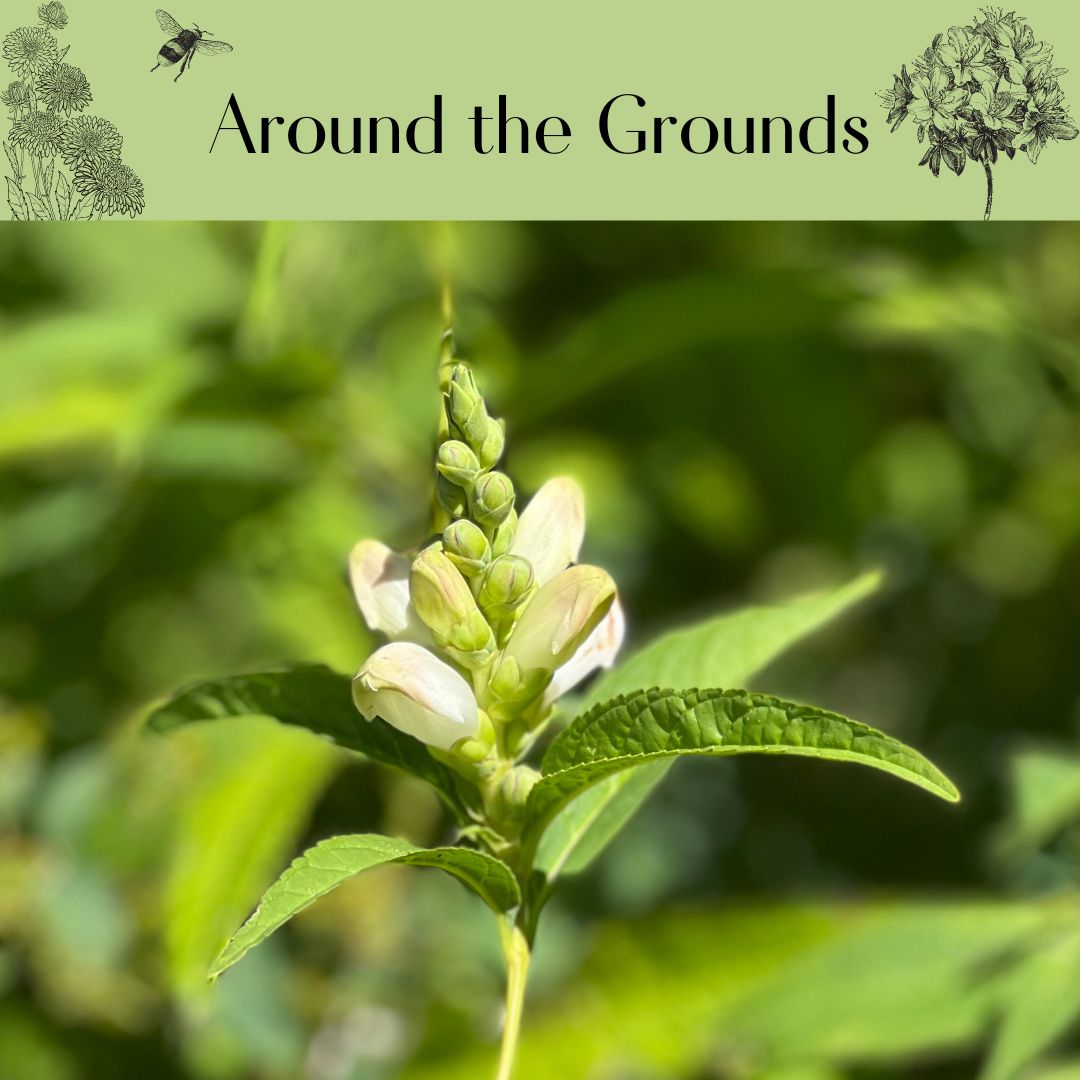
My husband wrote the treatment for this plant, Dr. Allan D. Nelson .